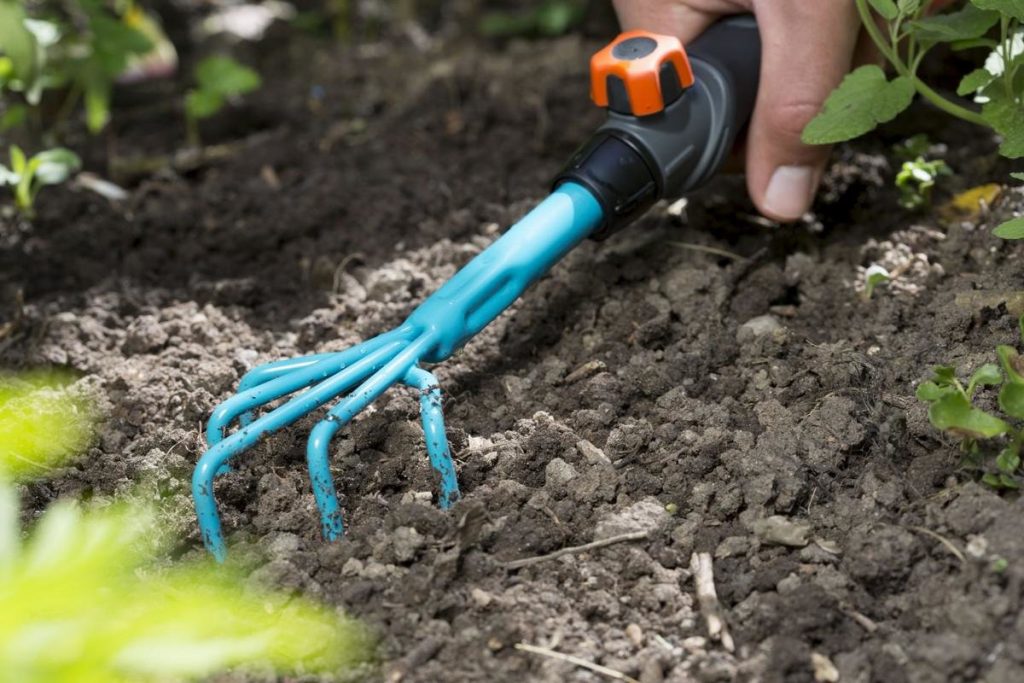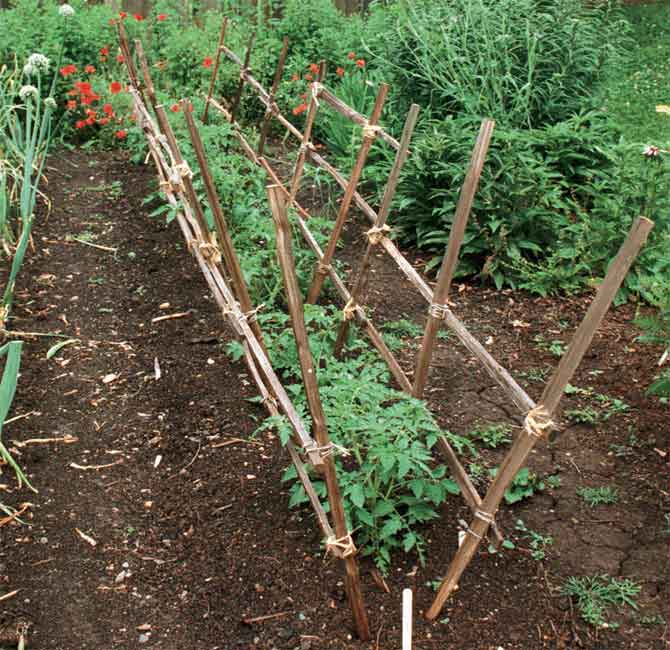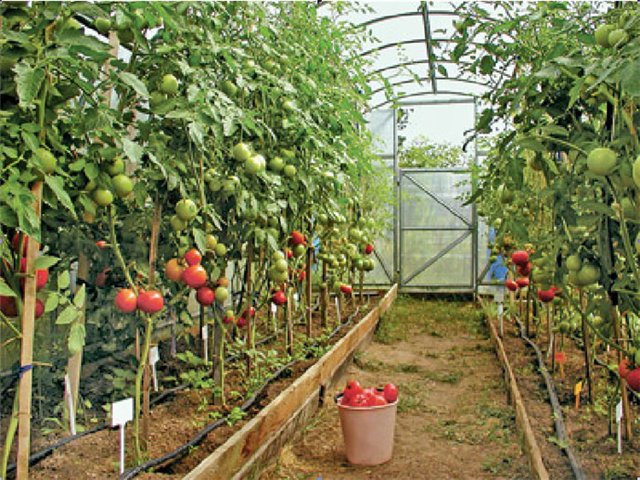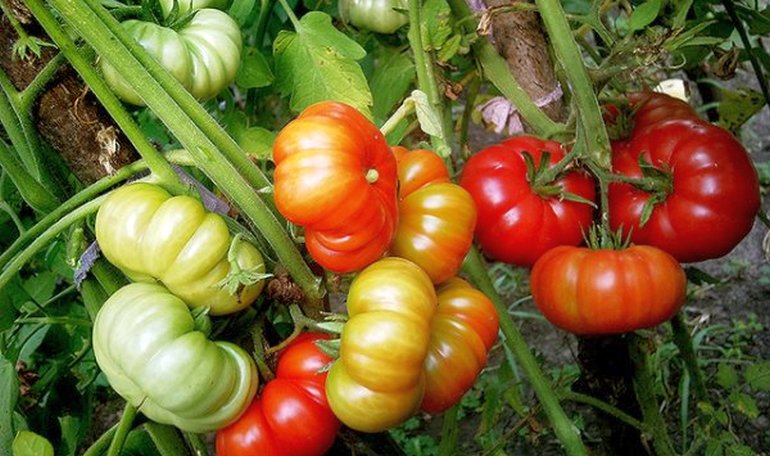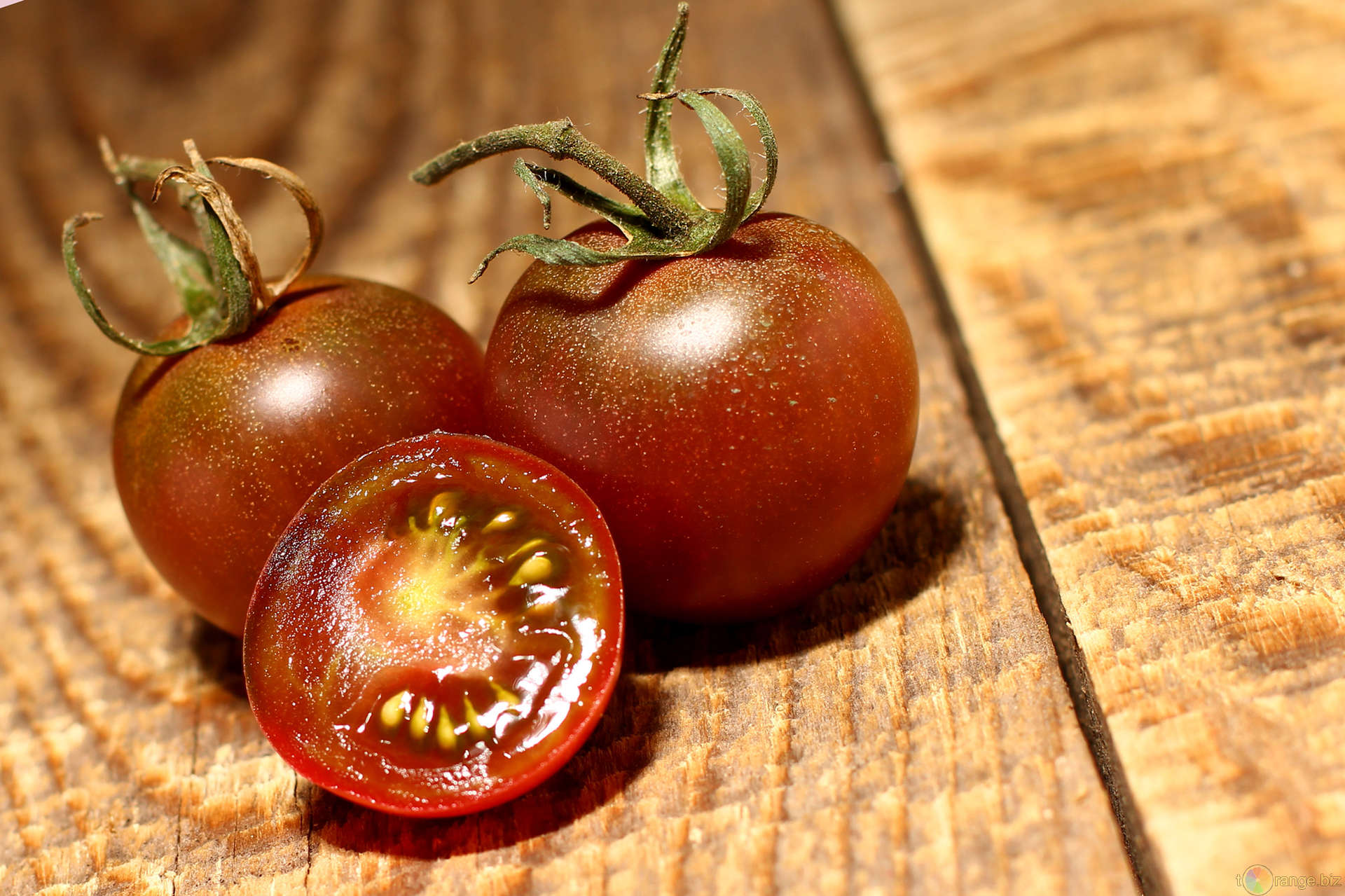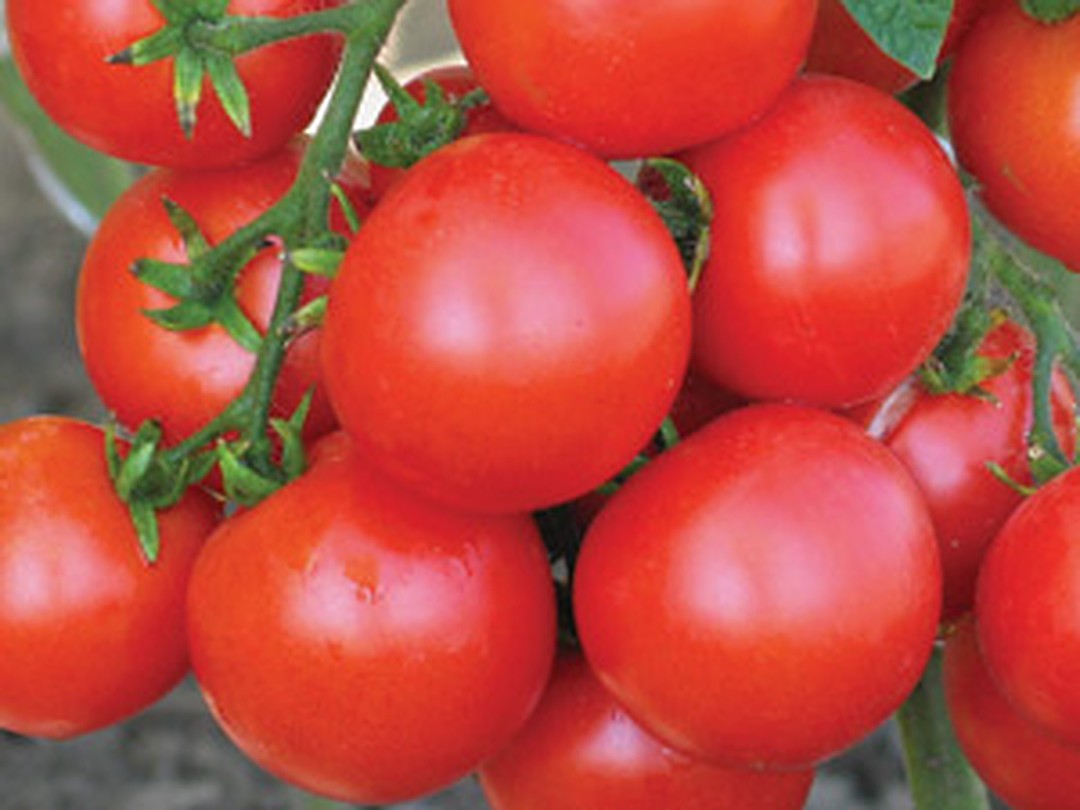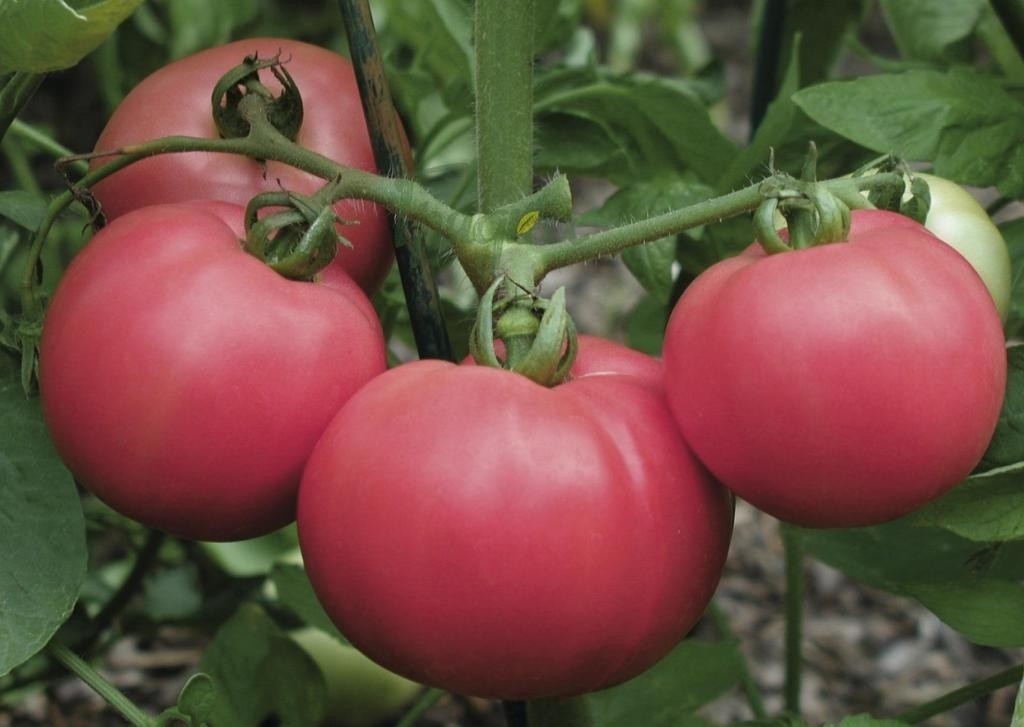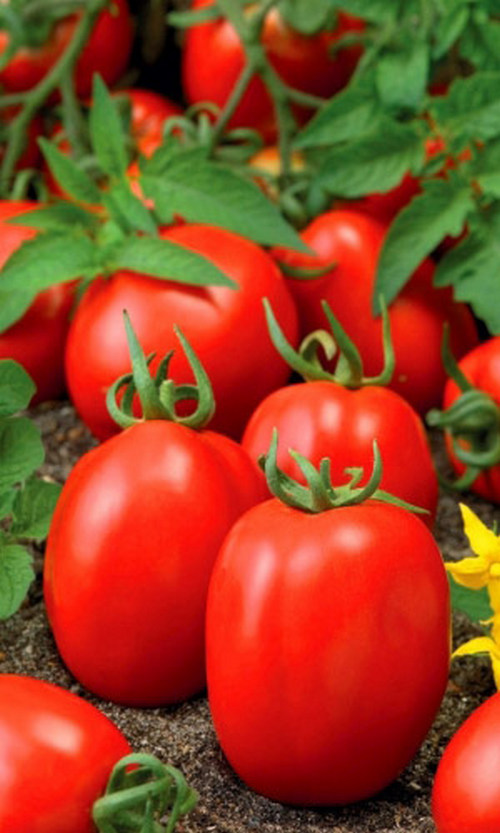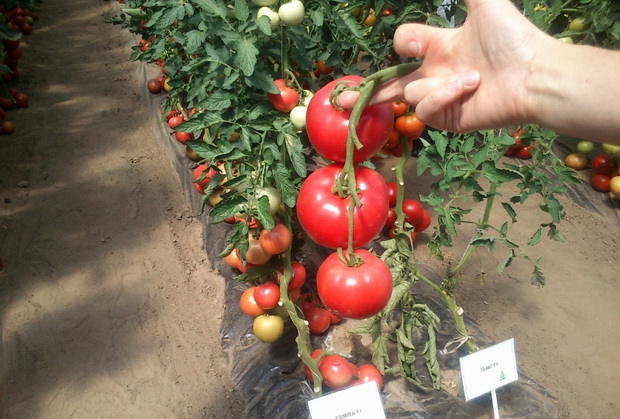Content:
Tomatoes of the Rosemary variety, or Rosamarin Pound, are the fruit of the labor of many years of work of domestic breeders. The variety was bred by LLC SCIENTIFIC RESEARCH INSTITUTE OF VEGETABLES OF PROTECTED GROUND and was included in the State Register of Breeding Achievements of the Russian Federation in 2008.
Characteristics of the variety
Tomato Rosamarin Pound belongs to the group of large-fruited F1 hybrids. The variety is intended for cultivation in greenhouses. Rosemary tomatoes are distinguished by their high taste. Extra large and sweet fruits contain twice the amount of vitamin A.
Tomato Rosamarin Pound is characterized by:
- The early ripening period of the first fruits is 115-120 days after sowing;
- Good resistance to diseases: fusarium, viral tobacco mosaic, fungal cladosporium (brown spot);
- Large-fruited. The mass of the pink fleshy fruit exceeds 0.4-0.6 kg.
The plant is indeterminate, each grower can limit its growth at his discretion, focusing on personal preferences or the height of the greenhouse (greenhouse). Tomato bush Rosemary is very powerful with large dark green leaves, gives many productive stepchildren. During the season, 5-9 fruit clusters are formed on the plant. Heavy brushes need support, and the stems need additional support.
Rosemary Pound tomato with a fairly high yield - up to 8-12 kg per square meter of planting. Fruits are round-flattened with a thin skin and tender melting pink pulp inside. It is used for fresh consumption, salads, baby and diet food, tomato juice and sauces.
Landing
Tomatoes are grown in seedlings. The key to success is high-quality seed purchased from a trusted manufacturer.
At the end of March, pre-planting seed preparation is carried out: dressing in a solution of potassium permanganate (1%) and preparation of a soil mixture - a mixture of humus and peat, heated in an oven at 100-110 ° C.
In early April, the soil substrate is poured into the planting container, shallow grooves (1.5-2 cm) are made in one direction, and spilled with water.
To accelerate germination, seeds are treated with growth stimulants before sowing.
Tomatoes are sown at a distance of about 1.5-2 cm from each other, sprinkled with a minimum layer of soil mixture and covered with foil or glass until shoots appear. The soil should always remain moist and warm up to 24-25 ° C by the sun.
After the emergence of seedlings, the shelter is removed, the temperature in the room is gradually lowered. At the stage of 3-4 true leaves, seedlings are dived into individual containers.
The final planting in a permanent place in the greenhouse is carried out in May, at an air temperature of at least + 10 ° C. It should be borne in mind that tomatoes Rosemary F1, according to all descriptions, are very powerful plants; seedlings should be planted at a distance of at least 0.6-0.7 meters from each other. No more than 3-4 plants per square meter of area.
Care features
For full development, tomatoes require:
- Light soil enriched with organic and mineral substances;
- Watering with warm water 1-2 times a week and loosening the soil;
- Top dressing 3-4 times per season;
- Grasshopping, as lateral shoots grow;
- Bush formation;
- Pinching the crown;
- Supports and garters for stability;
- Treatments for diseases and pests.
The soil
The best precursors to tomatoes are green manure plants, which are embedded in the soil as a natural fertilizer and to improve air permeability. If the soil is heavy, then sand is added before digging, lime with high acidity. Add mineral fertilizers (for example, azofosku) directly to the planting hole before spilling it.
Watering and loosening
For rosemary tomatoes, watering is especially important. With an acute lack of moisture, juicy fruits crack and quickly deteriorate. Cold water will stress the root system of the tomato bush. He can shed ovaries and unripe fruits. After each watering (at the root), the soil near the bush is loosened and mulched to avoid crust formation.
Top dressing
The first feeding is carried out 10-15 days after the tomatoes are planted in a permanent place. For this, nitrogen-rich organic or complex fertilizers are most suitable. The second important point will be the introduction of complex mineral additives during the flowering of tomatoes. Subsequent fertilizing is carried out after setting the bulk of the fruits to support the plant at this stage.
Stepping
The procedure allows you to correctly form a bush, direct the vitality of a tomato to increase yields, and not to the growth of shoots and leaves. Experienced vegetable growers revise the growing shoots 1-2 times a month. All saved stepchildren have their tops pinched.
Bush formation
Rosemary is usually grown in 2 or 3 stems. The most developed stepchildren are selected, tied up and cut off along with the main trunk.
A characteristic feature - when dribbling in 2 stems, the fruits are larger. When a tomato bush is formed, there are more fruits in 3 stems, but they are smaller. Thus, the choice of the type of bush formation does not affect the yield, if we measure it in kilograms.
Pinching the crown
The crown of the central shoot is pinched when they want to limit the growth of a tomato and direct all efforts to ripening the formed fruits.
Supports and garters for stability
Tomatoes of the Rosamarin Pound variety are grown exclusively using a garter to the trellises (supports). For all its stately power, the bush is not able to withstand the load from the growing crop. Branches will break off without a garter. For a successful garter of a heavy bunch, it is better to use a special holder or a nylon net with a trellis garter. Not all fruits ripen on the bushes, sometimes it makes sense to remove the fruit and let it mature to ripeness outside the greenhouse.
Diseases and pests
A clear advantage over other varieties of tomatoes is a persistent immunity to major diseases, from which most of the Solanaceous plantings die. Pink-fruited tomatoes of this variety are much later and less often than other tomatoes are affected by late blight.
The rosemary tomato has a tendency to curling foliage, caused not by viral or bacterial diseases, but by a high sensitivity to a deficiency or excess of trace elements in the soil.
The bushes should be fed with a complex fertilizer for tomatoes. If an excess of nitrogen is visible from the rapid growth of leaves and stepchildren, you should feed with ash.
Another good reason for curling tomato leaves is the uncomfortable microclimate in the greenhouse. In the heat, plants can "cook" without airing. Insufficient and excessive moisture becomes a serious test for tomatoes.
Pests settle on all tomatoes, regardless of the variety. Juice suckers: aphids, whiteflies and spider mites are seen on the leaves. Treatment with a thick solution of laundry soap will help here. Root-eating pests (bear, mole) are caught using special traps.
Advantages and disadvantages
For ten years of testing in summer cottages, the Rosemary tomato has received many reviews characterizing the strengths and weaknesses of the variety.
Advantages:
- Excellent fruit taste. Tomato has a thin shell with delicate and juicy contents that melt in the mouth;
- Huge, raspberry-red tomatoes are breaking records for size and weight. Individual copies - more than 1 kg;
- High content of vitamins in fruit pulp;
- The variety is resistant to the main diseases of tomatoes;
- A powerful bush can be formed into 2 (sometimes 3) trunks, on which more fruit lashes are formed;
- Does not require special conditions for growing;
- Good yield - over 10 kg per bush. Gradual ripening of fruits.
Disadvantages:
- Tomatoes are not suitable for transportation;
- The fruits cannot be used for conservation;
- The bush requires pinching and pinching;
- Cannot be planted with your own seeds;
- The plant itself needs additional supports and garters, and the fruit clusters need support;
- Large fruits with a lack of moisture are prone to cracking;
- The harvest is not stored for a long time.
According to gardeners, the rosemary tomato corresponds to the characteristics and description of the variety. Very few vegetable growers have given up on cultivation. Most summer residents who planted these tomatoes continue to grow them in limited quantities in greenhouses on their backyards.
Rosemary fell in love with summer residents for the delicate sugar taste of juicy fruits, strong immunity to many common diseases and unpretentious care requirements.


